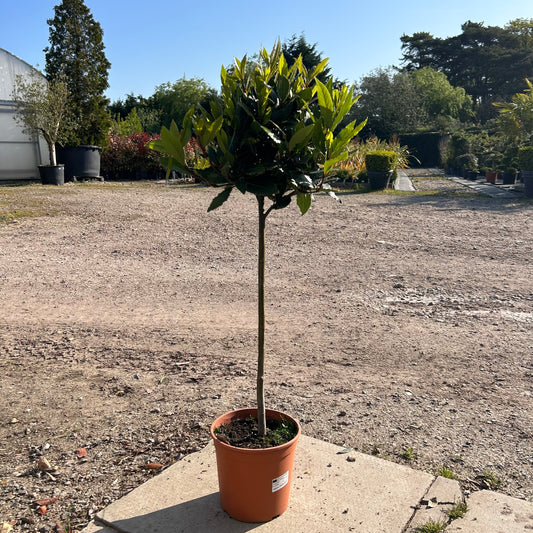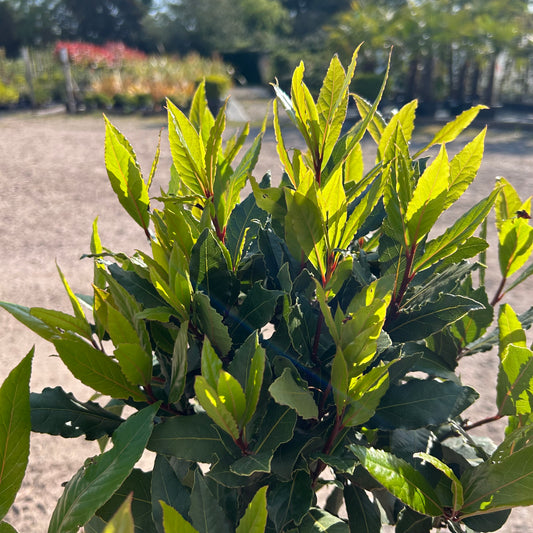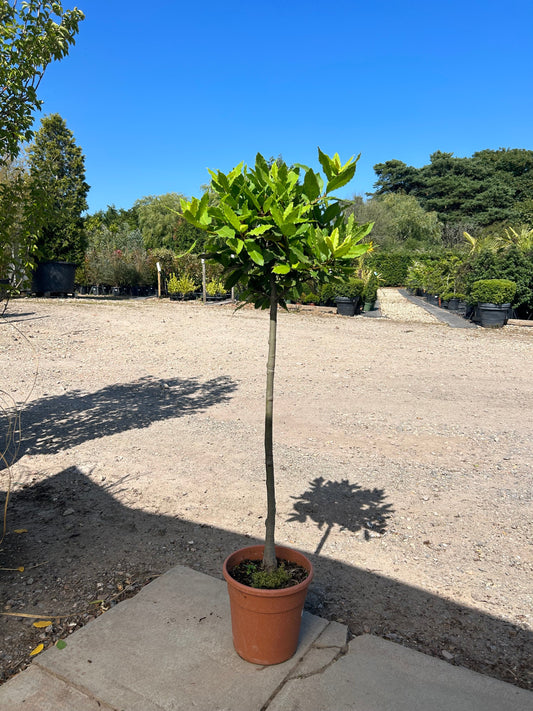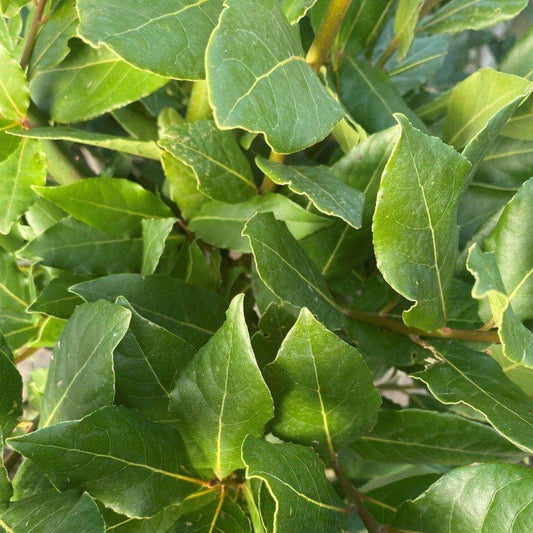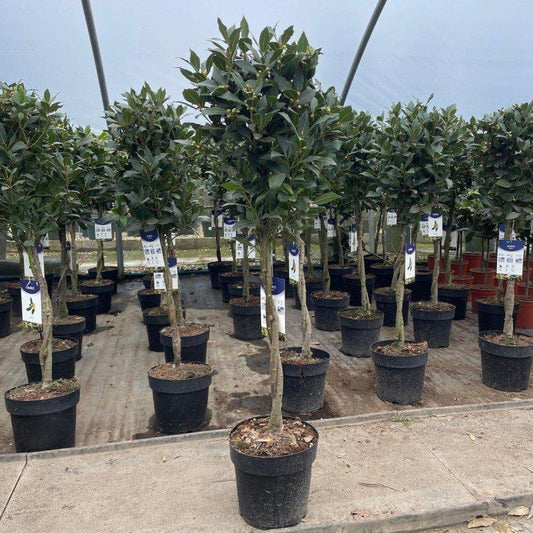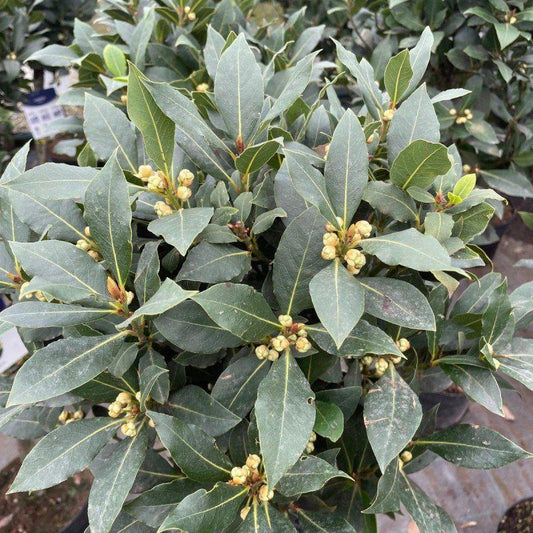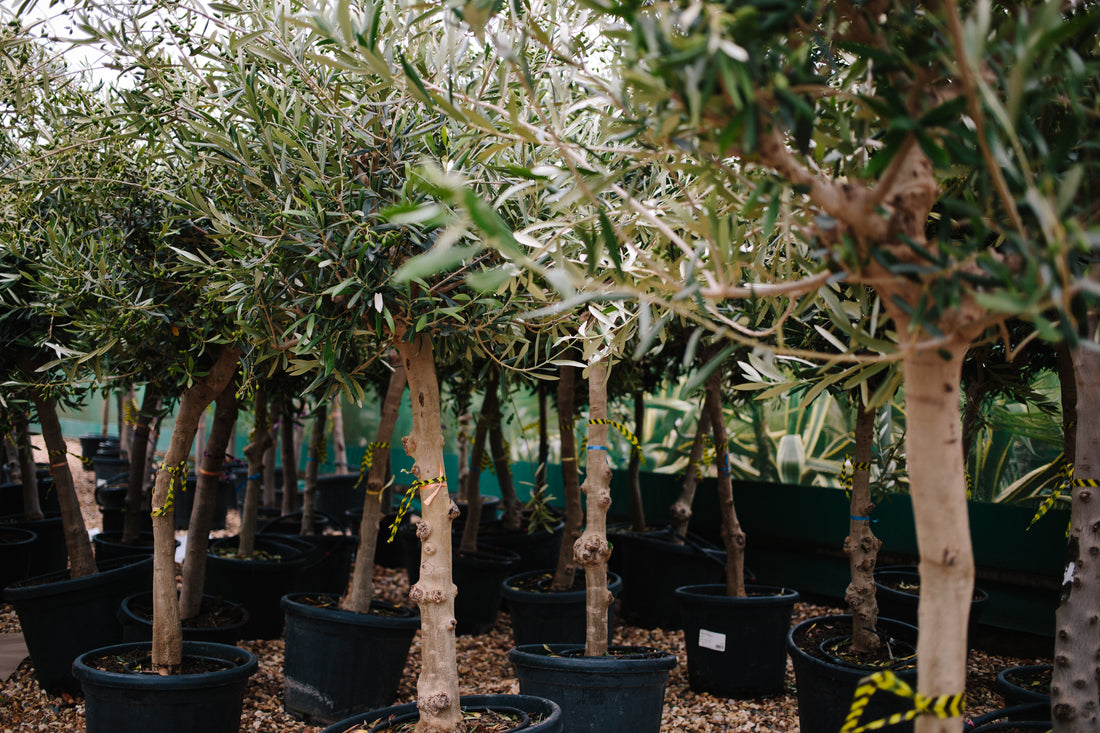Growing olive trees in British gardens is an exciting challenge that can reward gardeners with both beauty and abundance.
With the right tips and knowledge, anyone can successfully cultivate these Mediterranean gems in their own backyard.
Olive trees not only add a unique aesthetic touch to gardens but also produce delicious olives when cared for properly.
These trees thrive in sunny spots and can adapt to cooler temperatures more than many people realise.
Knowing how to choose the right variety and provide appropriate care is essential for success.
From planting to maintenance, understanding each phase of their growth will ensure these trees flourish in the UK climate.
Olive trees can also be a striking addition to landscape designs, offering a blend of elegance and practicality.
By implementing straightforward strategies, garden enthusiasts can enjoy the many benefits that olive trees bring, both visually and in terms of produce.
Key Takeaways
- Choosing the right olive tree variety is crucial for success.
- Proper care and maintenance help trees thrive in British gardens.
- Olive trees enhance landscape design with their unique appearance.
Choosing and Planting Olive Trees
Selecting the right olive tree and understanding its planting needs are crucial for success in British gardens.
Olive trees thrive in specific conditions that mimic their native Mediterranean region. This section focuses on the best varieties and the essential requirements for soil and sunlight.
Selecting Varieties for the British Climate
Choosing the right variety is vital for growing olive trees in the UK. Some recommended types include Arbequina, Frantoio, Leccino, and Picual. These cultivars adapt well to milder climates and are known for their hardiness.
- Arbequina: Known for its small, flavourful olives, this variety grows well in pots.
- Frantoio: It produces high-quality oil and is suitable for slightly colder areas.
- Leccino: This variety is resilient to disease and produces aromatic olives.
- Picual: Favoured for its high oil yield, it requires more sunlight.
These varieties not only withstand the UK’s weather but also provide beauty as evergreen plants.
Understanding Soil and Sunlight Requirements
Olive trees prefer well-drained soil that allows water to pass through easily. Sandy or loamy soils are ideal.
They require full sun for at least six hours a day to thrive. A sheltered spot facing south can enhance their growth.
Key soil tips:
- Test soil drainage: Make sure water drains quickly to prevent root rot.
- Amend dense soils: Mix in sand or gravel to improve drainage.
Regular feeding with a proprietary olive feed in spring and mid-summer can also promote healthy growth.
Olive Tree Care and Maintenance
Proper care and maintenance are essential for growing healthy olive trees. Key aspects include effective pruning, meeting watering and nutritional needs, and protecting the trees from pests and diseases.
Pruning for Health and Productivity
Pruning is crucial for maintaining the health and productivity of olive trees. It helps shape the tree, improves air circulation, and encourages better light penetration.
The best time to prune is in late winter or early spring, just before new growth begins. This timing reduces the risk of frost damage.
When pruning, remove dead or diseased branches, as well as any that cross each other, to prevent injury.
It is important to maintain a balanced shape. Aim for an open centre, which allows sunlight to reach all branches. Regular pruning can also encourage higher yields of olives.
Watering and Nutritional Needs
Olive trees are drought-tolerant, but they thrive best with consistent watering, especially during dry spells.
Young trees require regular watering until established, while mature trees can withstand longer periods without water.
Water a young olive tree deeply and less frequently to encourage deep root growth. For established trees, consider a watering schedule of once every two to three weeks during dry periods.
Fertilise the trees with a balanced, slow-release fertiliser in early spring. A liquid fertiliser can also be applied during the growing season for added nutrition.
Ensure that the soil is well-drained to prevent root rot.
Protecting from Pests and Diseases
Preventing pests and diseases is vital for olive tree health.
One common threat is the olive fruit fly, which can affect the quality of the olives. Using traps and natural predators can help manage this pest.
Another serious issue is the xylella fastidiosa bacterial infection. Regular inspection can help detect early signs, such as wilting or leaf drop. If detected, promptly removing affected branches is crucial to prevent spread.
Applying organic pesticides and maintaining good tree hygiene will also help keep olive trees healthy. Ensure fallen leaves and debris are cleared away to reduce habitats for pests.
Propagation and Long-Term Cultivation
Successful propagation and careful long-term cultivation of olive trees can lead to healthy plants that thrive in British gardens. Understanding the best practices for these processes is essential for optimal growth and potential fruit production.
Growing Olive Trees from Cuttings
Propagation by cuttings is a reliable method for growing olive trees. It is best to take semi-ripe cuttings in summer when the wood is firm but not fully mature.
Cuttings should be about 10-15 cm long, taken from healthy stems.
To enhance rooting, dip the cut end in a rooting hormone. Using a mix of compost and grit can improve drainage, which is crucial for olives.
Plant the cuttings in pots, ensuring they are kept in bright, indirect light. Mist regularly to maintain moisture but avoid waterlogging.
Rooting may take several weeks. Once established, the new plants can be fertilised lightly to promote growth. Incorporating mycorrhizal fungi can benefit root health and support long-term growth.
Transplanting and Repotting Strategies
When it comes to transplanting or repotting olive trees, timing is key.
The best time to repot is in early spring when the tree is awakening from dormancy. Choose to move the tree into a slightly larger pot without damaging the roots.
A 50/50 mix of high-quality multipurpose compost and John Innes No 3 is recommended for long-term growth. Ensure that pots have drainage holes to prevent excess water buildup.
During transplanting, keep the soil moist but not soggy. After repotting, place the olive tree in a warm, sunny spot. Consistent care during this time is vital for the tree to adjust and continue healthy growth.
Landscape Design with Olive Trees
Olive trees offer unique aesthetic qualities and versatility in garden designs. Their evergreen nature and striking appearance, combined with their adaptability to various garden spaces, make them an excellent choice for gardeners.
Aesthetic Qualities of Olive Trees
Olive trees are celebrated for their distinct and elegant presence. Their gnarled trunks and silvery-green foliage create a visually appealing contrast against other plants. This unique texture adds depth and character to any garden.
The mature form of an olive tree can also enhance the landscape. They can provide a natural focal point and evoke a sense of tranquillity, often associated with their status as a symbol of peace. Olive trees maintain their beauty throughout the seasons, making them an enduring garden plant.
Incorporating Olive Trees into Garden Spaces
When incorporating olive trees into garden spaces, careful consideration of their needs is essential.
Olive trees thrive in a sheltered position, ideally with full sun exposure. A south-facing spot is often best, ensuring they receive at least six hours of sunlight daily.
For smaller gardens or patios, a potted olive tree can be an effective solution. This allows for mobility and easier care. Olive trees can also be planted in rows or as standalone features, creating pathways or designated areas in the garden.
In addition, their adaptability makes them suitable companion plants alongside green olives or black olives, further enhancing the garden's utility and aesthetic appeal.
Frequently Asked Questions
Growing olive trees in British gardens can be rewarding, but it does come with specific challenges. Knowing how to care for these trees can greatly improve their survival and growth.
How should one plant an olive tree in the UK to ensure its survival and growth?
To plant an olive tree successfully, select a sunny location with well-draining soil.
Prepare the site by digging a hole twice the size of the root ball. Place the tree in the hole, ensuring that the top of the root ball is level with the soil surface.
Water it thoroughly after planting.
What are the common issues faced when growing olive trees in pots in the UK and how can they be addressed?
Common issues include root rot, lack of sunlight, and inadequate drainage.
To prevent root rot, ensure pots have drainage holes and avoid overwatering. Position the pot in a sunny area to maximise light exposure. Regularly check for pests, as olive trees can attract insects.
What type of soil is most suitable for olive trees in containers?
Olive trees prefer a sandy or loamy soil mix that drains well. A mixture of potting soil with coarse grit or perlite can improve drainage and aeration.
This type of soil helps prevent waterlogging, which is essential for healthy root development.
What are the growth expectations for an olive tree in British climate conditions?
In the UK, olive trees typically take 3 to 5 years to start producing fruit. Growth rates can vary based on the specific climate and care. They can survive short periods of frost but thrive in warmer temperatures; therefore, providing protection during cold snaps is crucial.
How can one promote the healthy development of an olive tree in their garden?
To promote healthy development, ensure the tree receives plenty of sunlight and regular watering.
Pruning should be done in late winter to encourage growth and improve air circulation. Additionally, keeping the base of the tree free from weeds can reduce competition for nutrients.
Which fertiliser compositions are optimal for nourishing olive trees in British gardens?
Using a balanced fertiliser formulated for olive trees is best.
Look for a composition with equal parts of nitrogen, phosphorus, and potassium (NPK).
Fertilising in early spring as new growth begins will provide the necessary nutrients for the tree's growth and fruiting.


